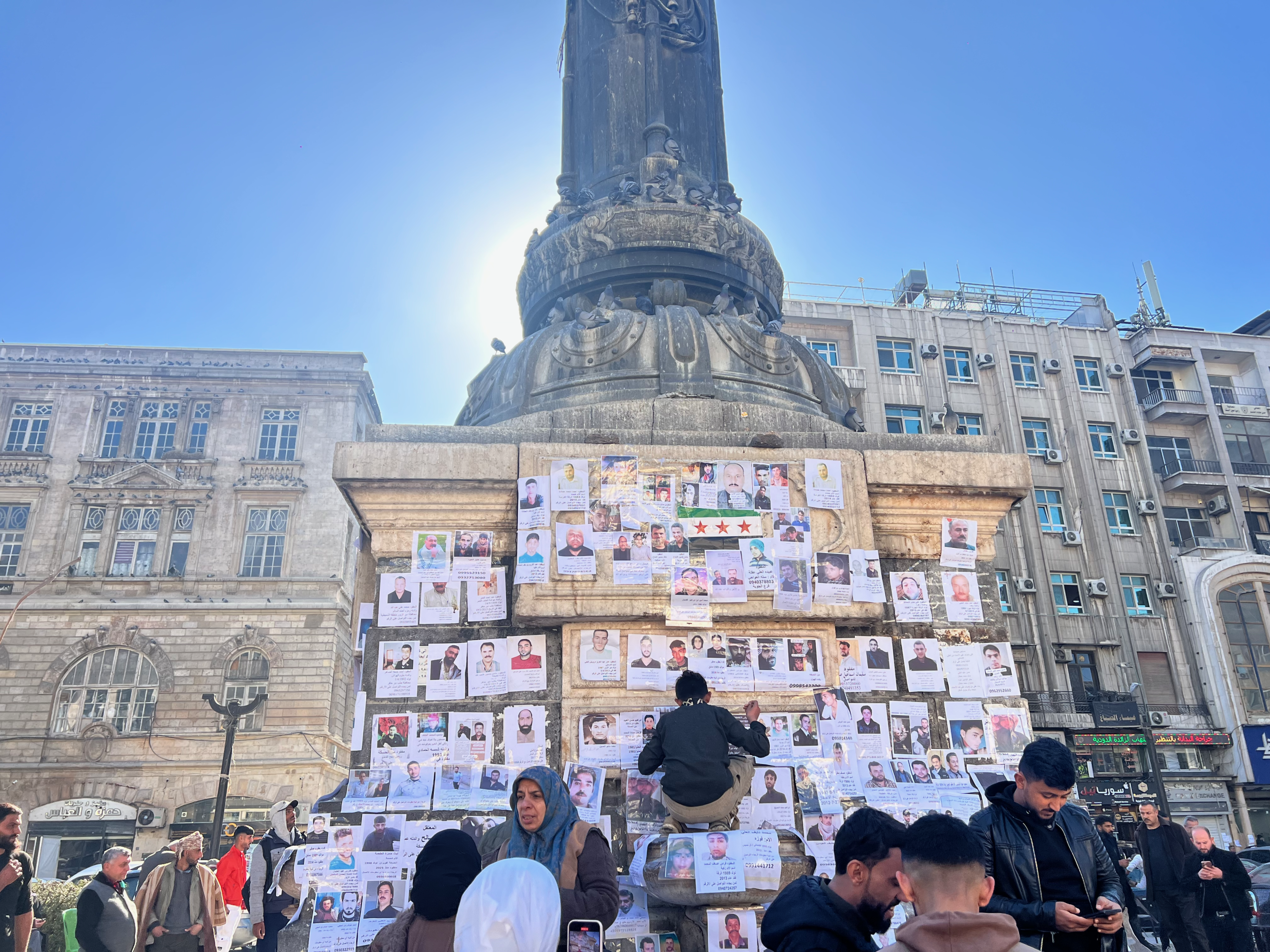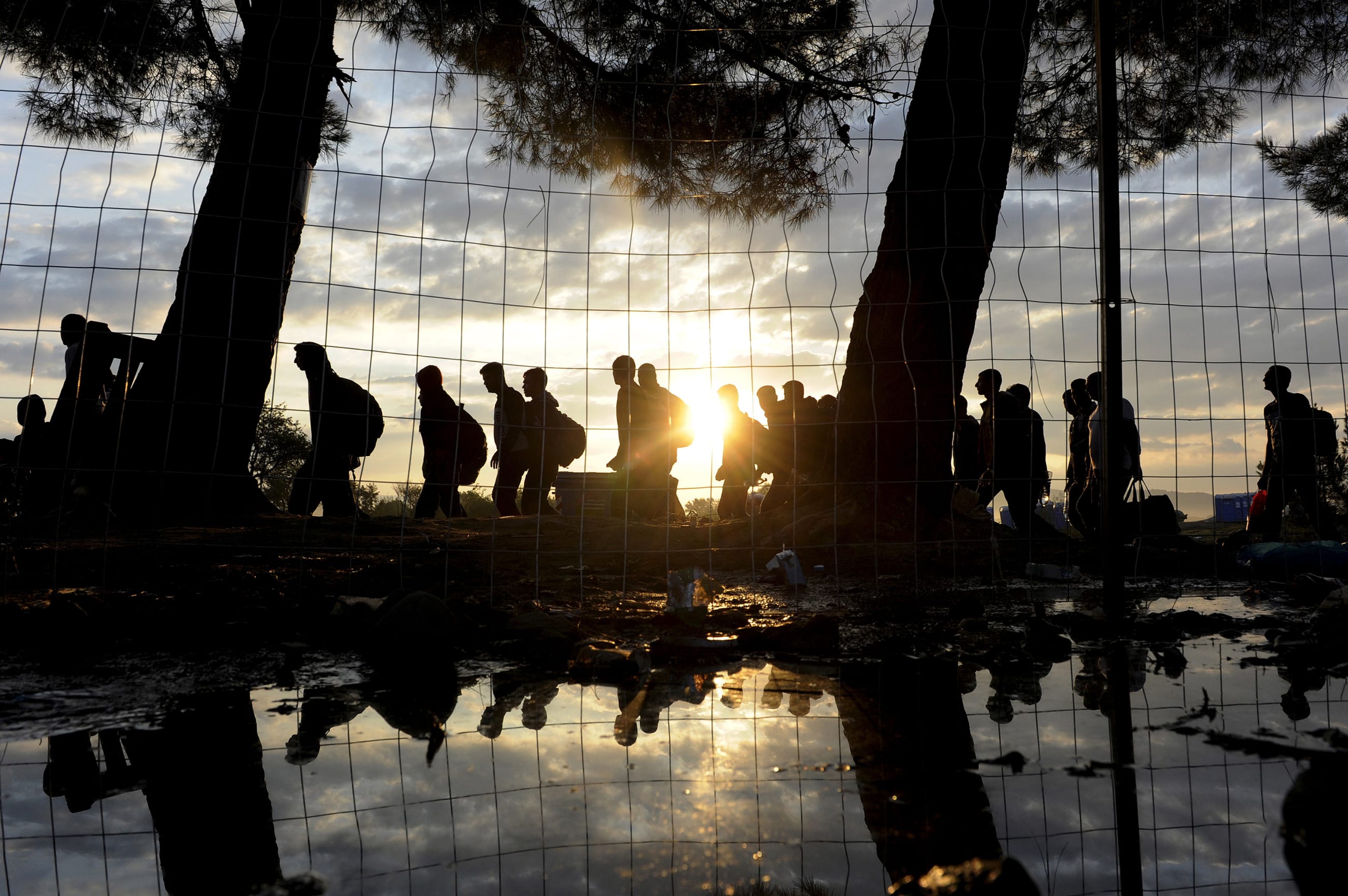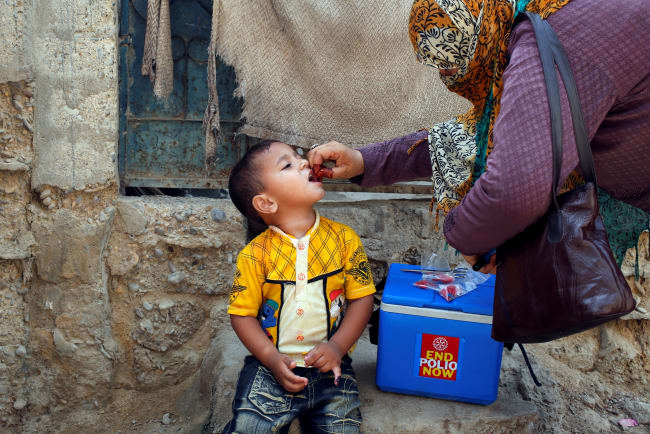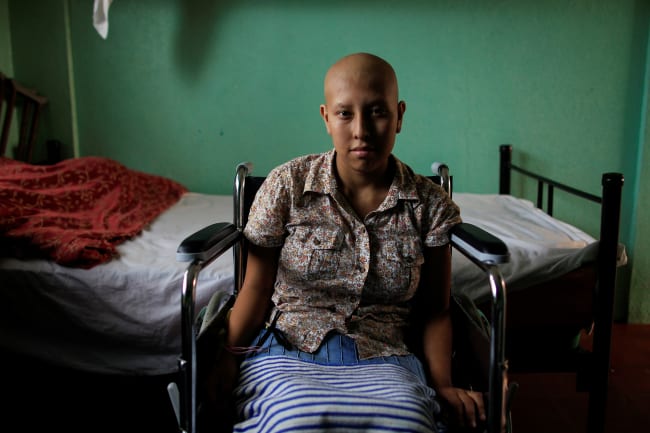Only after the collapse of the Assad regime did I begin to reckon with the idea that I could have inherited my family's trauma.
My father was 17 when he arrived in Chicago in April 1979—one of the first in his generation of Syrian men who fled his hometown of Hama amid a brewing crisis. Three years later, an uprising and attempted coup by the Muslim Brotherhood against the Hafez al-Assad regime resulted in a deadly massacre with estimates of up to 40,000 killed—nearly 10% of the city's population—mostly men who were accused of being affiliated with the Muslim Brotherhood. To this day, the Hama massacre (or the "events of Hama" as it came to be referred to ambiguously by residents) is still considered the worst massacre by a government against its people in modern Middle Eastern history.
In the days leading up to the 1982 massacre, my father and his fellow roommates from Syria had no indication whether their families survived due to media blackouts enforced by the regime. Desperate, my father traveled to Jordan for news only to discover that two of his younger brothers, my uncles, had been killed. The pain of being so far away was compounded by the guilt, which he still feels today, about what he could have done to secure their safety.
My mother, 9 years old at the time, was inside the city of Hama. She and her family managed to evacuate the city only because her brother—a medic in the local hospital—realized early on that trouble was brewing when he saw mass numbers of patients killed with bullets. Fearing for their lives, my mother and her family escaped to the countryside in an ambulance. These memories, long forgotten and buried in silence, remain central—not only to my parents' stories, but to mine as well. They carry the weight of what was lost and what could have easily been a more tragic fate for my family.
As a social scientist who studies mental health, I have long been interested in how trauma is inherited and etched into our bodies. My professional journey to the field of global mental health was driven by a search for understanding. It was not until my first psychology class in college that I began to grasp how little I knew about the traumas that lingered in my family because of their displacement story and subsequent immigration to the United States, and how deeply these unspoken experiences had shaped us all.
Intergenerational Trauma and the Prospect of Epigenetic Memories
The inheritance of trauma, or "intergenerational trauma," has been studied across contexts and scientific disciplines, particularly in the field of epigenetics—the study of how experiences can influence gene expression and function.
In recent years, scientists have turned to epigenetics to understand how trauma can have lasting effects on human biology, affecting not only individuals but also their descendants. Some of the earliest studies on intergenerational trauma were carried out on the children of Holocaust survivors, who reported symptoms of posttraumatic stress—including nightmares, intrusive thoughts, and even fear of death—passed on to them by their parents.
Still, despite its promise, the science of epigenetics, especially as it relates to inherited trauma, remains fraught with complexity. Like many branches of science, the budding use of epigenetics to study inherited trauma or even resilience is not immune to scrutiny. Although animal studies—primarily in mice—have demonstrated intergenerational epigenetic changes, evidence for such epigenetic memory in humans remains inconclusive.
Scientists have thus urged caution in the interpretation of such findings among humans, arguing that it is difficult to separate the biological effects of trauma from broader social factors at play, such as family narratives, belief structures, and social relations that influence the way trauma is experienced and transmitted across generations. Researchers also disagree on whether epigenetic memories pass between human generations because those cues appear to reset in embryos after fertilization. Thus any discussion of inherited trauma through epigenetics must be approached with careful interpretation and a recognition of ongoing debates in the literature, as well as the complex interplay between biology and the social environment.
Even so, new studies are beginning to bring these questions closer to home, both in time and geography. Studies of intergenerational trauma could feel distant if they focus on a particular population in history or study of trauma that took place decades ago. Thus a recent study in Nature surprised me by exploring intergenerational exposure to violence across three generations of Syrians, beginning with people who survived the Hama city massacre. The authors say that it is the first study to use epigenetic signatures—which are chemical tags on DNA sequences that emerge from stress—to assess the impact of violence on Syrian families and individuals, and one of the few that explore this topic in a conflict-affected population at this scale.
Looking at three generations of these traumatic periods of Syrian history, the authors illustrate how different types of exposure to violence might leave traces on the body by comparing direct exposure (such as in-person violence or injury), prenatal exposure (such as babies who were gestating during these periods of violence), and germline exposure (long-term effects over multiple generations).
To some extent, it is impossible to clearly separate where their trauma originated, where it deepened, and what ultimately was passed down to me
I was deeply moved by reading this new research. Here were indications that I, despite having never lived under authoritarian rule, could have inherited the trauma of my parents, who did. The events following the Hama massacre could have been just as if not more traumatic for my parents: living in indefinite exile, fear for the loved ones left behind, the isolation and uncertainty experienced in the United States, the profound grief for home, friends, and family and those lost over the years without being able to mourn or have closure, coping with constant change, and ultimately the full exile of our family from Syria following the events of the Arab uprisings in 2011.
To some extent, it is impossible to clearly separate where their trauma originated, where it deepened, and what ultimately was passed down to me.
Social Consequences and the Inheritance of Trauma
These findings speak to larger trends that illustrate a link between parental trauma and the overall health of their children emerging from countries that have hosted large numbers of refugee families fleeing conflict and authoritarianism in recent years.
For example, a cohort study from Denmark demonstrates that children of refugee parents are at a higher risk of adverse childhood experiences—such as parental death or separation, household mental illness, abuse, or financial hardship—all of which are known risk factors for poor health in adulthood. Similarly, a study from Turkey examining the role of parents in the mental health of Syrian refugee children found a significant link between parental trauma exposure among parents and the overall mental health of their children. Together these studies underscore the deep and often intergenerational impacts of protracted war and conflict on families, whether rooted in biological mechanisms, such as potential genetic or epigenetic changes, or shaped by social and psychological pathways, including disrupted family structures, chronic stress, and community disintegration.
What I can relate to most when contemplating what my parents and their families have experienced is the collective trauma that the Syrian diaspora has experienced throughout these episodes of violence and alienation. From afar, we experienced vicarious trauma by witnessing the Syrian crisis, feeling hopeless as we watched our families inside Syria face the war, and following the trials of forced displacement across land and sea to Europe. However, these tribulations have profoundly affected how Syrians see themselves and their place in the world.
The events following the 2011 uprising, including the crackdown of the Bashar al-Assad regime on peaceful protestors, significantly influenced my career path, as it did those of many other first-generation Syrian Americans. I was attracted initially to the fields of psychology or psychiatry and the prospect of treating individual patients. Yet the catastrophic scenes of individuals and families, Syrians and others, being driven to desperation to risk their lives crossing the Mediterranean to flee political persecution or economic hardship in 2015 pushed me toward a population-level approach to understanding mental health needs and the interventions for acute and protracted emergency settings. I found this in the field of global mental health, which continues to develop rapidly with regard to advances in addressing trauma at a societal scale.
When I visited Syria in December 2024 to meet with health professionals following the collapse of the Assad regime, I realized the magnitude of this trauma on my family and others there. This new chapter in Syrian history has resulted in a long overdue reckoning, both for Syrians and the world, with the atrocities that occurred under authoritarian rule. One of the most enduring sources of this collective pain is the forced disappearance and detention of Syrians without cause—a weapon of war that continues to have reverberating effects on Syrian families and communities.
In Martyr's Square in Damascus, a gathering place for families of Syria's missing, I looked into the faces of mothers, desperately searching for news of their sons, many of whom had been imprisoned by the Assad regime and never heard from again. Stories of mass graves across the country, including some buried beneath homes where people still live, have begun to surface, revealing the horrifying scale of loss. Rebuilding a nation that has suffered for so many decades and reweaving society from which so many people have left is an extraordinary task. Recognizing the invisible and visible wounds we carry with us into this fray is essential as we carefully rebuild our social and emotional bonds in a new society we can finally imagine.
The Hama massacre took place just over 42 years ago—a lifetime for my mother and father, who left their country at a young age to secure a better future for themselves and their future children. For the first time in their lives, they and millions of other Syrians are revisiting the trauma of Hama, as well as more recent sieges and massacres that took place in the years following peaceful uprisings in 2011.
These events led to the Syrian conflict and the death, disappearance, and displacement of the majority of the country's population, all of which are inevitably etched in our memories, stories, and bodies.













